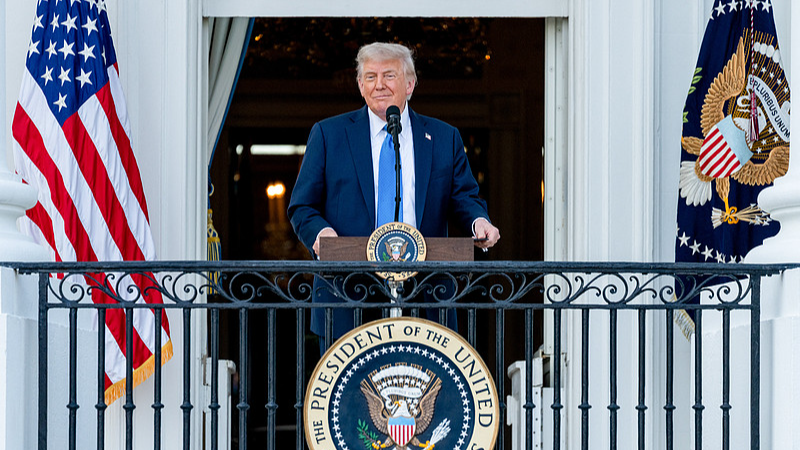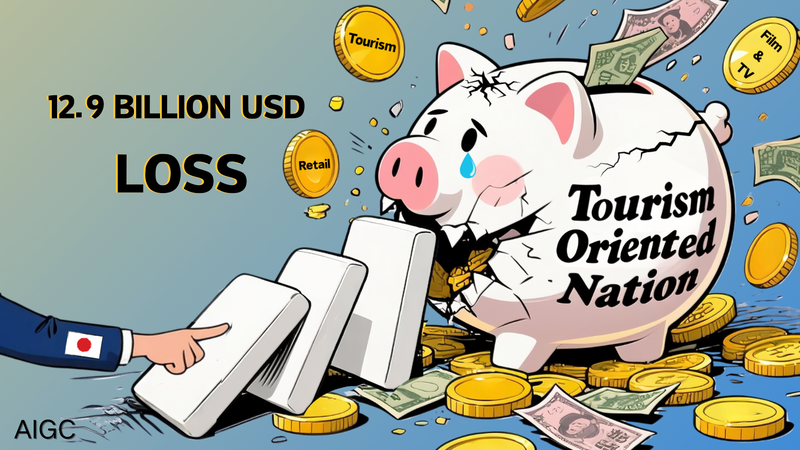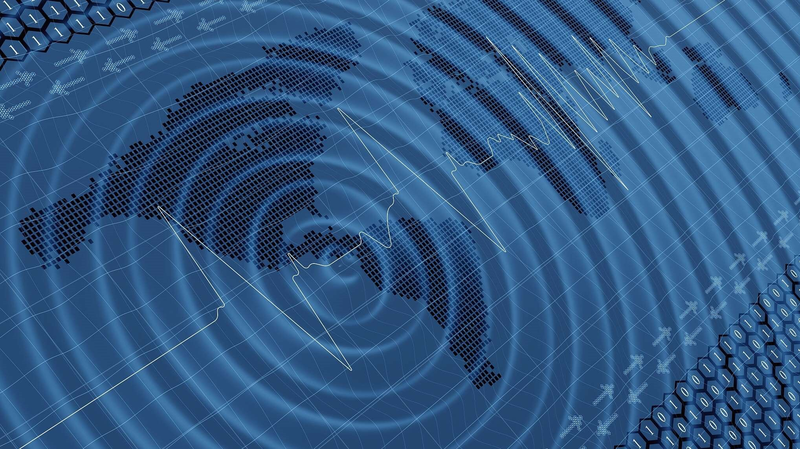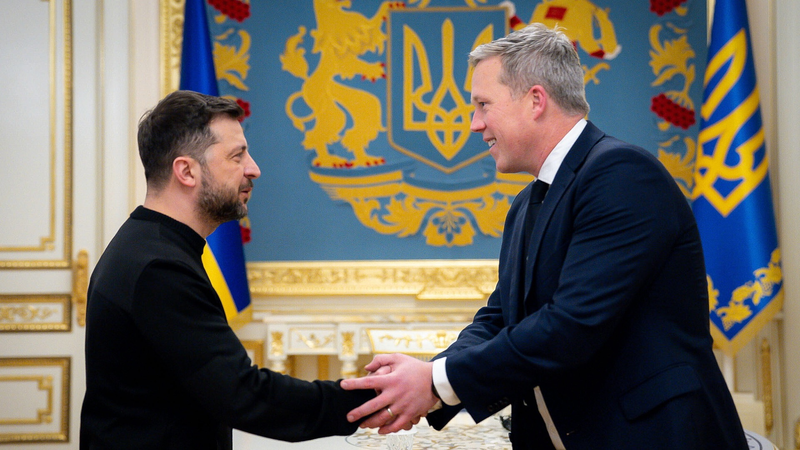In a whirlwind of policy moves, President Trump signed over 150 executive orders in just 4 months since his 2025 inauguration—a pace that has reignited debates about the U.S. system of checks and balances. 😮
Experts explain that deep partisan divides within Congress and a conservative-leaning judiciary are making it tough for traditional oversight mechanisms to keep the executive in check. Political science professor Mitchel Sollenberger points out that increasing party loyalty has sidelined Congress from fulfilling its constitutional duties, while law professor David Super adds that courts, which once assumed legal integrity within the administration, are now showing less deference.
This dynamic is part of a long trend where presidential power has steadily grown—from the days of Teddy Roosevelt to the current era of rapid executive actions. Some worry that if legal challenges stretch all the way to the Supreme Court and the president ignores its final rulings, the result could be a serious constitutional crisis, shaking the very foundation of American governance.
While these debates center on U.S. politics, the implications echo globally—reminding us of the importance of accountability in every system. Just as tech innovations are transforming our cities from Delhi to Jakarta, the balance of power in government remains vital for stability and progress. Stay alert and informed in this fast-paced era! 🚀
Reference(s):
Q&A: Can Congress, courts check Trump's executive powers? (Part Two)
cgtn.com




